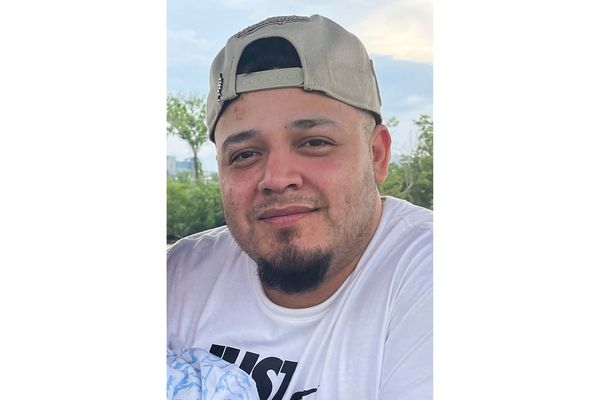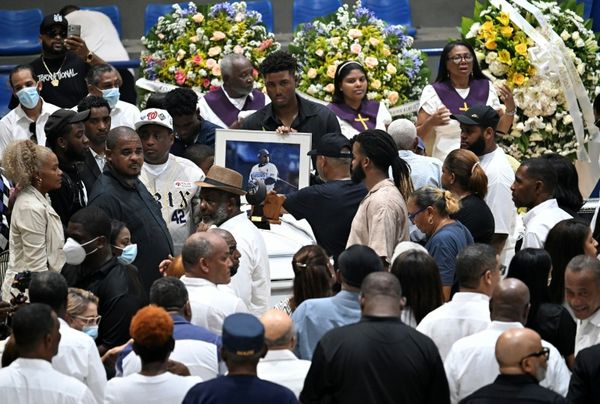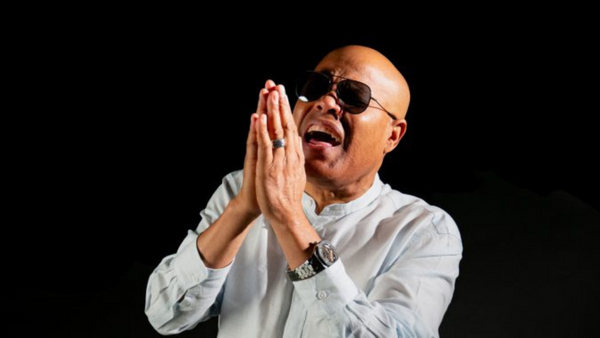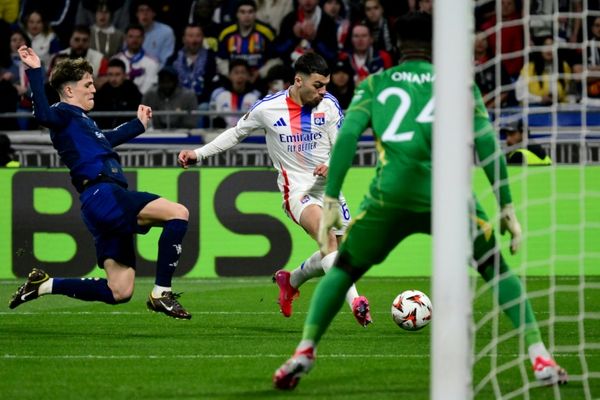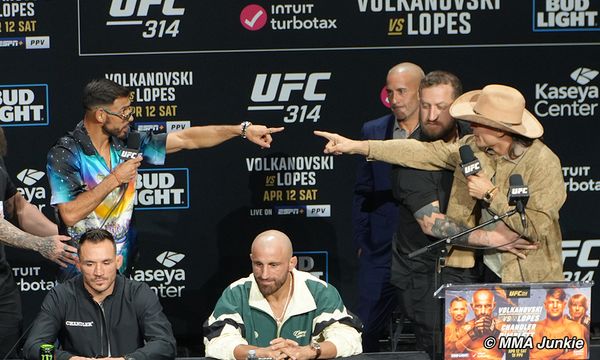
The jazz pianist “Sir” Charles Thompson, who has died aged 98, was a distinctive soloist who played with many of the jazz greats, including Charlie Parker , Coleman Hawkins and Dexter Gordon. His recent collection of recordings, When Swing Meets Bop, exactly exemplified his playing stance. Thompson could suggest Count Basie’s spaciousness and swing economy while incorporating bebop’s harmonic notions and rhythmic angularity. It was a unique quality. The former Basie trumpeter Buck Clayton, a frequent associate, said: “He had a particular style that separated him from the rest of the piano players.”
Thompson was born in Springfield, Ohio, to Jesse, a minister in the African American Methodist church, and Laura, a teacher, who died when he was five years old. His stepmother, Annie, was a pianist and music teacher and Thompson spoke warmly of her influence in getting him started in music, first with the violin. Evidently a talented violinist, Thompson played in the city orchestra in Colorado Springs, Colorado, one of the many towns to which the family moved in pursuit of his father’s religious mission. Eventually, he turned to the piano because opportunities for black people playing the violin in classical and jazz were limited.
When the family moved to Parsons, Kansas, he fell in with other emerging musicians, including the pianist William Davis – later known as Wild Bill Davis – and the trumpeter Buck Clayton, also both the sons of ministers. By this time the jazz bug had bitten. The 17-year-old Thompson began to look for opportunities to play, and according to Clayton ran away from home “by slipping through a window when his parents were sleeping”, to join a carnival band called Warren Webb’s Spiders.
After a brief spell in the Civilian Conservation Corps, a work programme for unemployed young men in the 1930s, Thompson moved through a succession of dance bands, starting with that of the trumpeter Lloyd Hunter, and then joined the Nat Towles orchestra, based in Omaha, Nebraska, which was crammed with other talented youngsters. He also began to build a reputation as an arranger, subsequently contributing to the libraries of Jimmy Dorsey and Basie.
When the Floyd Ray band came through Omaha in 1939 on their way to Los Angeles, Thompson hitched a musical ride and within a year he had been recruited by the vibes star Lionel Hampton who was launching his first great big band. Although featured on Hampton’s recordings, Thompson chafed at Hampton’s emphasis on showmanship and made for New York in 1942 at the behest of Lester and Lee Young to play in their celebrated sextet at Café Society, the New York nightclub. This was “probably the best small group of musicians I ever played with,” he said. It was the laconic Lester, himself known as “Pres”, who decided Thompson should be given the soubriquet “Sir” – and it stuck.

Once their six-month engagement was up, Thompson began to freelance around New York, working with the Lucky Millinder big band while immersing himself in the nascent bebop scene in Harlem and playing on 52nd Street in all-star groups. He recorded often, including a famous session in 1945 which he fronted with Parker and Gordon playing alongside Clayton. In yet another high-profile engagement, he travelled back to Los Angeles in 1945 with the Coleman Hawkins quintet, which featured the fiery trumpeter Howard McGhee, “the first group to play the type of music considered to be modern on the coast,” Thompson said. While in California the Hawkins band appeared in the Universal movie The Crimson Canary (1945).
There followed an enduring association with the tenor-saxophonist Illinois Jacquet, who had also come to fame with Hampton, and now had a tough small group of his own. It was at their recording session in 1947 that Thompson’s original tune, Robbins’ Nest, named for Fred Robbins, a well known radio DJ, was introduced, becoming a hit for Jacquet and a jazz standard forever associated with Thompson.
Columbia Records, the first major label to realise the full potential of the new long-players, commissioned Clayton to oversee a series of all-star jam session LPs starting in 1953. Just to recall Thompson’s quirky introduction to Clayton and company’s 16-minute version of Robbins’ Nest is to fix a moment in time that galvanised many British musicians, opening up all sorts of new possibilities.
When the impresario John Hammond, always a Thompson advocate, then persuaded the Vanguard label to record such swing stars as the trombonist Vic Dickenson and the cornetist Ruby Braff, with Thompson alongside, a new movement christened “mainstream” by the British critic Stanley Dance took wing, and was seen as the antidote to the prevailing orthodoxies of bebop. These hugely influential recordings led to a mainstream resurgence and to Europe-wide tours by Clayton’s all-star groups, numerous recordings, a package called Jazz From a Swinging Era, and a reunited Hawkins quintet (as seen on the BBC’s Jazz 625 series) each starring Thompson, the pianist also returning often to the UK to play solo engagements.
Back home in the US, Thompson found work harder to obtain and turned to the organ, playing clubs and bars around Harlem, before becoming one of jazz’s peripatetics, moving from city to city, playing golf in California – he claimed he preferred golf to music – and eventually settling in Japan in the 1990s, where his career took off again.
He is survived by his wife, Makiko, whom he married in Japan in the 1990s, by his daughter, the singer Tina Hoffman, from an earlier marriage, and by six grandchildren.
